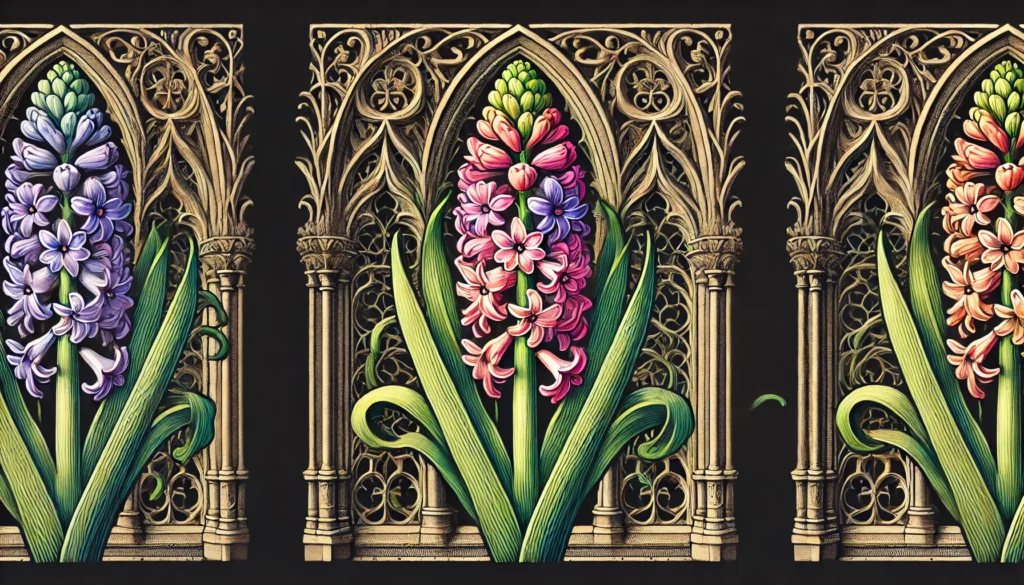

Home » Cat Plants » Is Your Cat at Risk from the Hyacinth Plant?

Hyacinths are popular spring-flowering bulbs known for their vibrant colors and sweet fragrance. Unfortunately for cat owners, hyacinths are toxic to cats and can cause a range of symptoms if ingested.
These plants contain alkaloids and calcium oxalate crystals that are poisonous to felines. Hyacinths are commonly found in gardens, flower arrangements, and as potted plants in homes.
Ingestion may cause mild gastrointestinal upset, but is generally not life-threatening.
Ingestion can result in mild symptoms like vomiting, diarrhea, or drooling. Rarely fatal but may require veterinary care.
Eating these plants can lead to more pronounced symptoms like abdominal pain, lethargy, or difficulty breathing. Veterinary intervention may be necessary.
Ingesting even small amounts can cause severe symptoms like organ damage, seizures, or cardiac failure without rapid treatment.
All parts of these plants are extremely poisonous to cats and can quickly lead to death, even with immediate veterinary care.
** Please note: Please note that toxicity level can vary based on the amount ingested and the specific cat. It's always best to keep these plants completely inaccessible to cats and seek immediate veterinary care or call the poison hotline if you suspect your cat has ingested any part of a toxic plant.
If a cat ingests any part of a hyacinth plant, especially the bulbs which contain the highest concentration of toxins, they may experience various symptoms. These can include:
If you suspect your cat has ingested hyacinth, it is crucial to seek veterinary care immediately. Your vet will likely follow these steps:
For more information on hyacinth poisoning in cats, visit the ASPCA Animal Poison Control Center.

A: Yes, Hyacinth is toxic to cats. Ingesting this plant can cause symptoms such as vomiting, diarrhea, and drooling.
A: Symptoms of Hyacinth poisoning in cats include vomiting, diarrhea, and drooling. Cats may also experience increased heart rate and difficulty breathing.
A: If your cat has ingested Hyacinth, seek immediate veterinary care. Treatment often involves supportive care to manage symptoms and prevent further complications.
A: Yes, other plants like Tulips and Daffodils are also toxic to cats. It is essential to keep these and other harmful plants out of reach of your pets.
A: To prevent your cat from eating Hyacinth, place the plant in an area inaccessible to your cat or opt for pet-safe plants. Providing alternative chew toys and engaging activities can help deter your cat from chewing on houseplants.
A: If your cat shows signs of poisoning after eating Hyacinth, contact your veterinarian immediately. Prompt treatment is crucial to alleviate symptoms and prevent serious health complications.
Hyacinths are native to the eastern Mediterranean region, including Turkey and the Middle East. They have been cultivated for centuries, with records dating back to ancient Greek and Roman times.
The plant was named after Hyacinth, a character in Greek mythology. In the 18th century, hyacinths became popular in Europe, and extensive breeding programs led to the development of many new cultivars in a wide range of colors.
Please note: The information shared in this post is for informational purposes only and should not be considered as veterinary medical advice.
🐾 A hilarious or heart-melting cat video
🐾 Our latest paws-on review of a cool cat toy